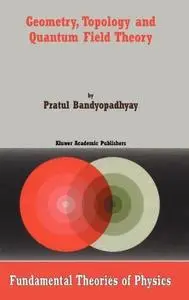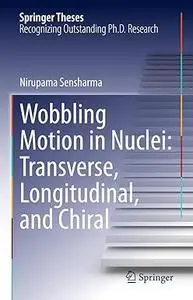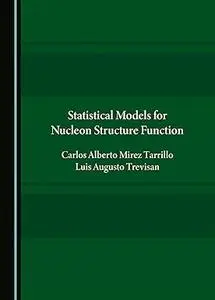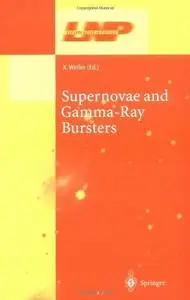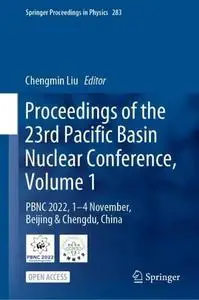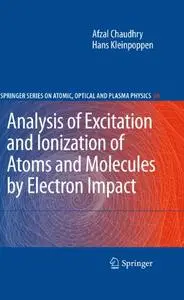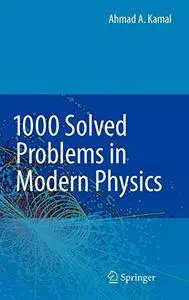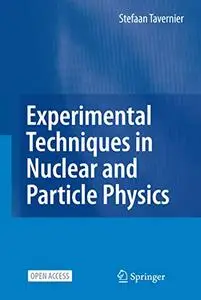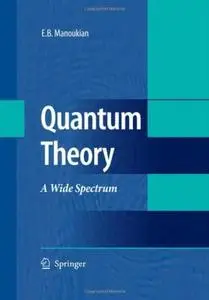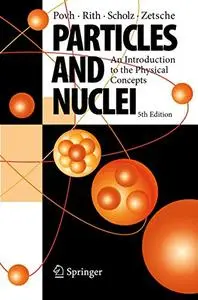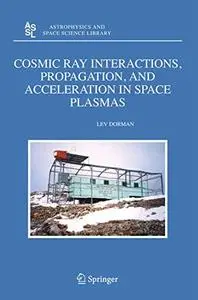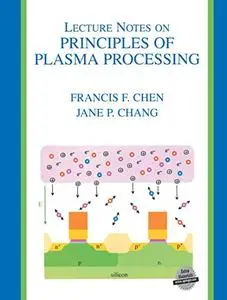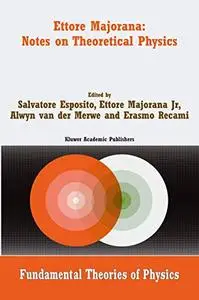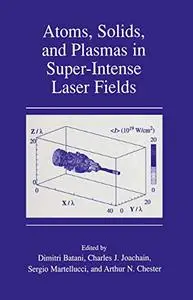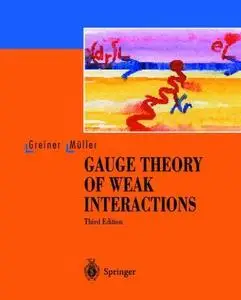Geometry, Topology and Quantum Field Theory by Pratul Bandyopadhyay
English | PDF | 2003 | 224 Pages | ISBN : 1402014147 | 18 MB
This is a monograph on geometrical and topological features which arise in quantum field theory. It is well known that when a chiral fermion interacts with a gauge field we have chiral anomaly which corresponds to the fact that divergence of the axial vector current does not vanish. It is observed that this is related to certain topological features associated with the fermion and leads to the realization of the topological origin of fermion number as well as the Berry phase. The role of gauge fields in the quantization procedure has its implications in these topological features of a fermion and helps us to consider a massive fermion as a soliton (skyrrnion). In this formalism chiral anomaly is found to be responsible for mass generation. This has its relevance in electroweak theory where it is observed that weak interaction gauge bosons attain mass topologically.


